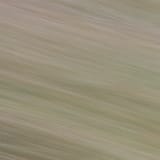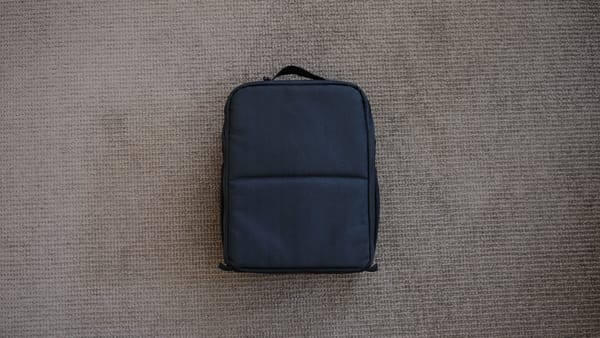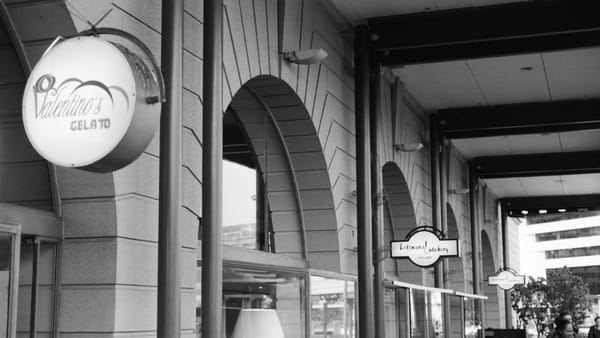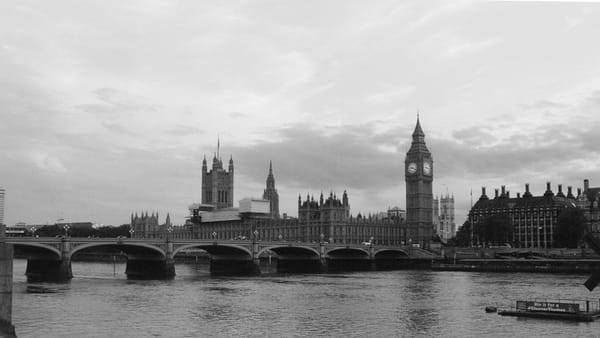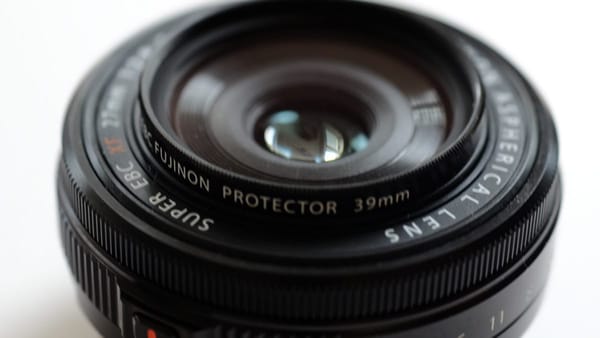Fixing the viewfinder on my Nikon F3
How I fixed a misaligned mirror that displays the shutter speed/light meter information in the Nikon F3 viewfinder.

As I mentioned in an earlier blog post I bought a Nikon F3 in mid 2024 but when I first received it the camera had one small problem. The LCD screen that displays shutter speed was not visible in the viewfinder. I removed the viewfinder to check if the LCD screen was still working as there is a common vault on some older F3's that the screen that displays this information has stopped working completely.
If this happens to your F3 then I’m not aware of any fix for this. As many are aware the F3 viewfinder can be removed and replaced or you can just use the focusing screen as a waist level viewfinder. This is one of the reasons the Nikon F3 has become such a popular camera on social media in recent times.
I removed the viewfinder and tested the camera using the camera in a waist level configuration. The LCD was displaying the light meter/shutter information perfectly. After hours of internet research I found that the fault was likely a misaligned mirror that is supposed to display the light meter/shutter information from the LCD screen into the viewfinder.
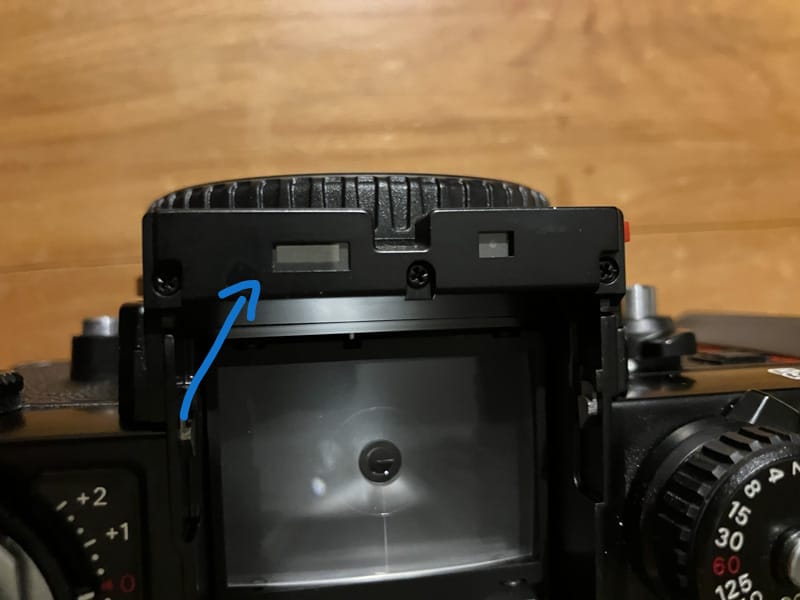
I thought the most likely cause was my F3 being banged up a bit in transit during delivery. This could apparently be fixed by opening up the view finder and carefully realigning the mirror.
Before I bothered to realign this mirror I decided to shoot a test roll to check if anything else was an issue with my F3 that had been banged up, although cosmetically the camera was still near perfect. I used my Sekonic light meter for accurate exposure on this roll and tested a good range of shutter speeds, high, low, middle speeds etc. After developing the roll I was happy that the shutter was firing accurately at all speeds and decided to attempt a repair.
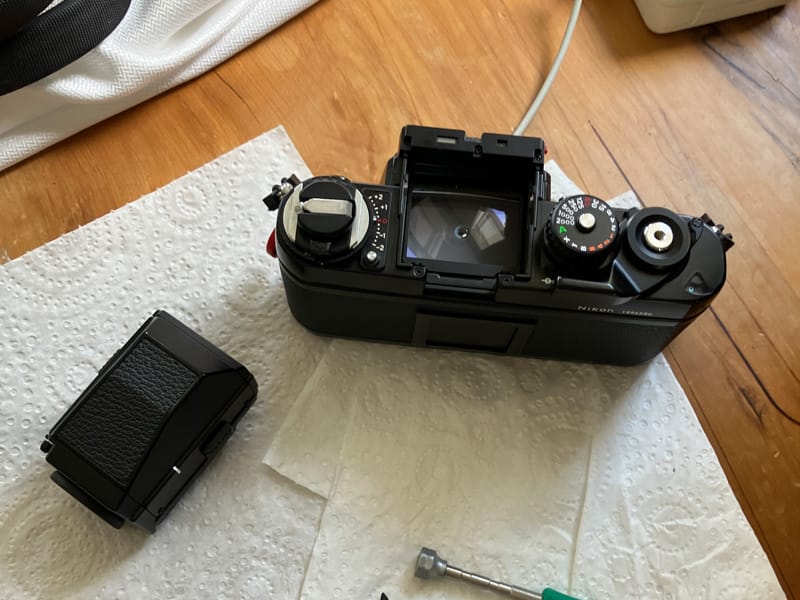
I could have sent my camera to a professional, but that’s expensive; I also could have bought a new viewfinder off eBay, but given how on-trend the F3 is at the moment these are also in high demand with a high price to match. This is the good thing about owning a modular camera, you have the option of just replacing the viewfinder if you wanted. But I decided if I was careful enough I’d have a good chance of fixing this successfully myself.
The first thing I needed was a set of Japanese screw drivers. I paid about $30 NZD for a set, containing six screwdrivers on Amazon. One of the screwdrivers in this set was the right size to use on the Nikon F3 viewfinder without damaging anything. I’m sure there are other options available but this is the set I used and it contained the right sized JIS screwdriver.
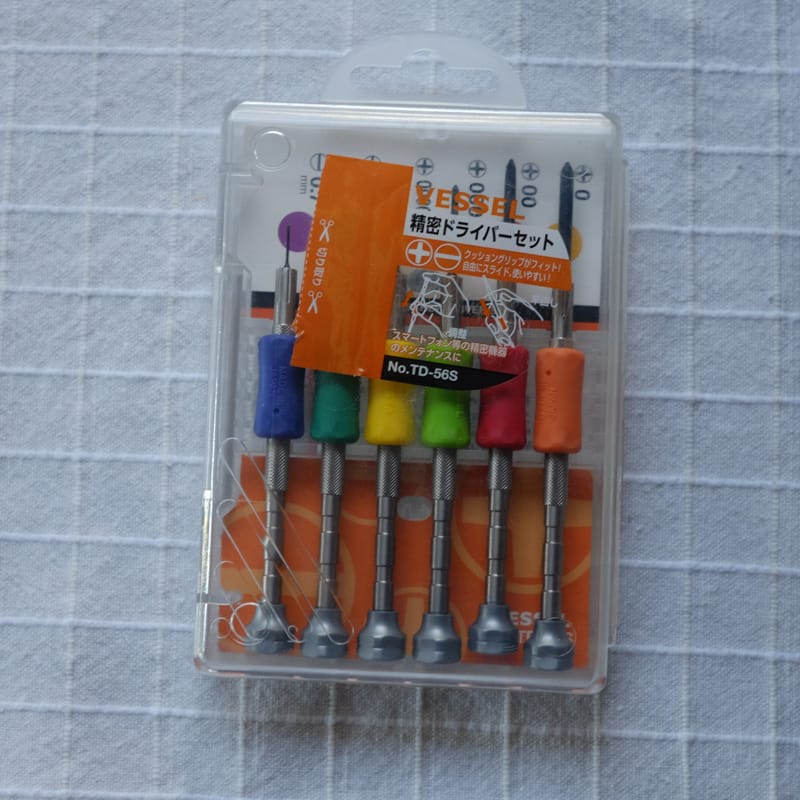
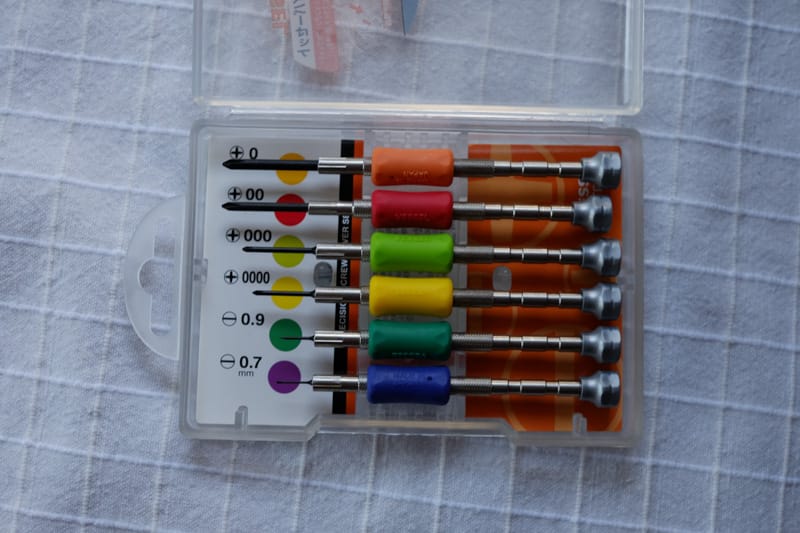
It is important to note you need to use the Japanese JIS screwdrivers as anything else will damage the screws in your Nikon F3 or any other camera. The screws in these cameras are a different shape, even though at first glance they look the same as any other screw, and also much softer so can easily be damaged by standard screwdrivers.
When taking out the screws of my F3 viewfinder I put each screw into a labeled area noting where, on the viewfinder, I took it out of just to make sure I didn’t mess anything up when putting it back together.
The hardest, and longest, part of the process is taking the rubber gasket off in one piece. This keeps dust out the finder but is held on to the view finder by a glue/camera cement. You want to keep the rubber in tact in order to place it back on once this process is finished.
On some older F3 cameras this cement that keeps it on is partly/or totally dissolved. Making it easier to remove this rubber, if it is still intact on these older copies of course. Mine, being a newer copy, the rubber is fully intact - good, but the cement was also still quite strong - not good.
Once the rubber gasket was off and I’d taken out all the screws I could carefully lift off the top of the viewfinder to reveal its insides. At the front of the viewfinder, behind the Nikon branding, there are three mirrors which display information to the photographer through the viewfinder. One in the middle that displays aperture, one of the left (if the viewfinder is facing you) that displays shutter speed.
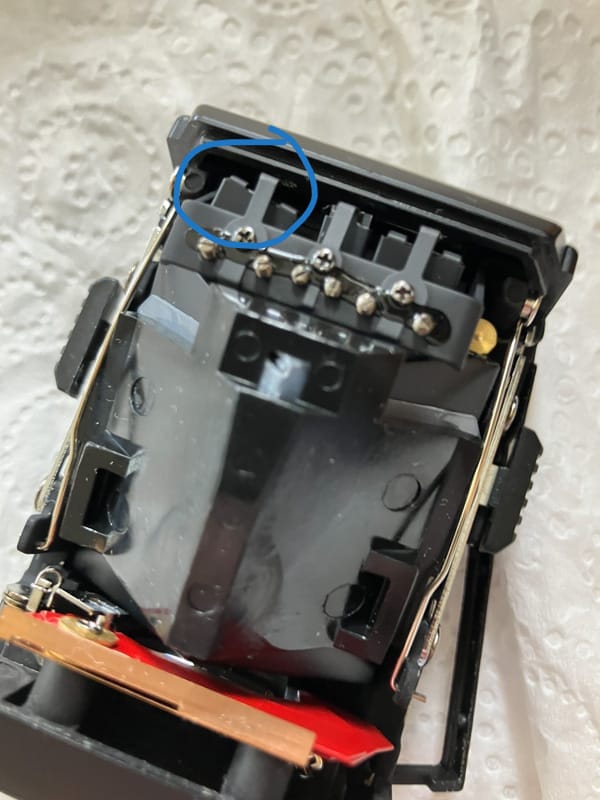
When I opened my F3 viewfinder I could confirm that the mirror that displays shutter speed was slightly misaligned compared to the others. I used a toothpick which in hindsight was perhaps not the safest choice. I got away with it though as it did realigned it just wasn’t the smoothest motion. If I had to do this again I'd use a more delicate instrument.
When putting the viewfinder back together one thing to note is the screws are tiny. It takes a steady hand to do this. But the hardest part was getting the rubber gasket back on correctly. I saw some articles mention you should reapply an adhesive to the rubber when you put it back on. I didn’t do this, my thinking being if I have to open the prism up again it will be easier without this. In the eight Months since not having reapplied any adhesive hasn’t caused any issues at all. I just reseated the rubber in the correct places, which wasn’t that easy, and put the screws back in.
The main thing that this requires is a reasonably steady hand and patience with the rubber gasket. In my case this was worth doing and worth the $30 I spent on the JIS screwdrivers. The alternative would be to spend much more on a new viewfinder, sending to a repair place, or just use the F3 with a light meter. But that last option defeats the purpose of having a SLR I think.
*If you have a similar case the important points are, use Japanese JIS screwdrivers, take note of screws you remove, and have patience with the rubber gasket.
